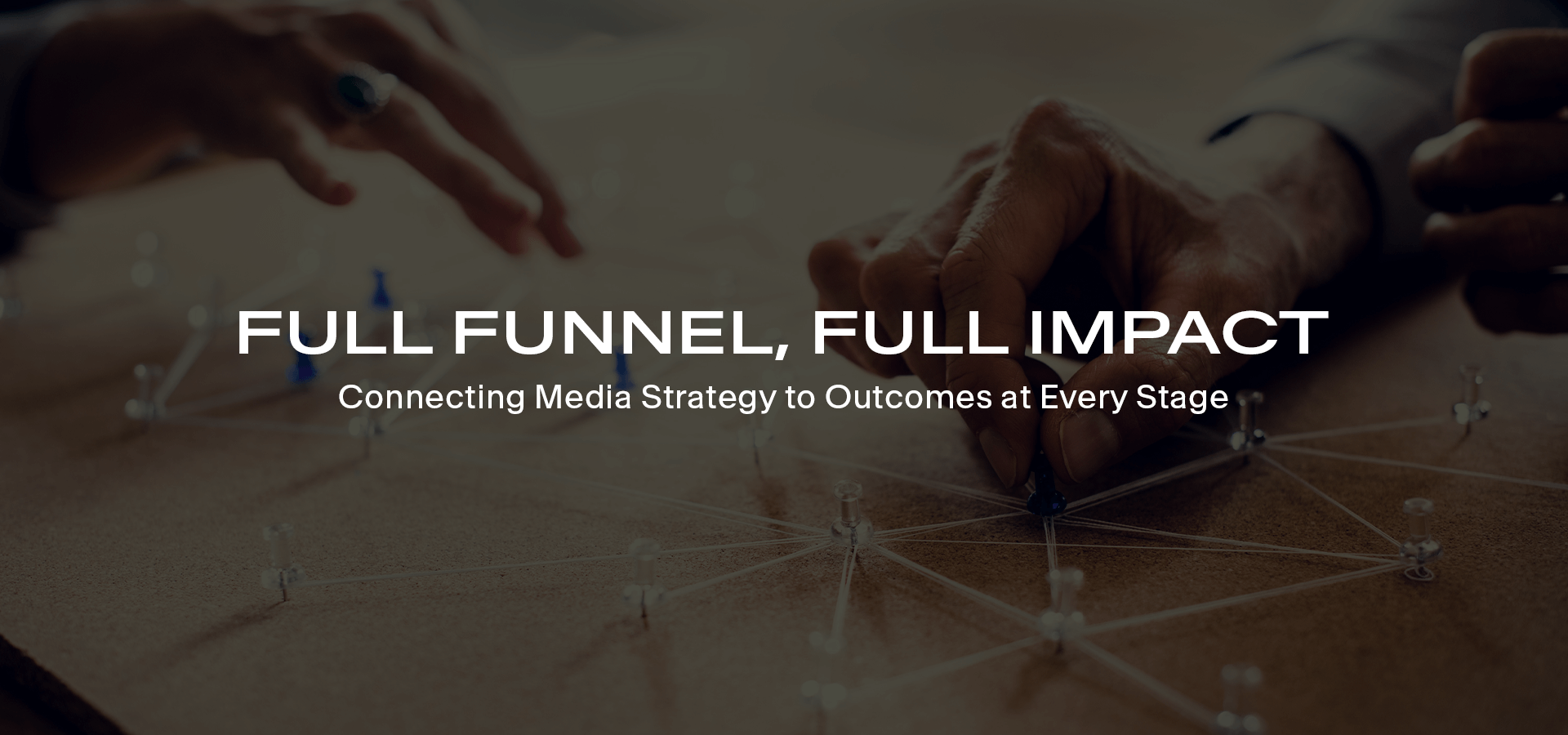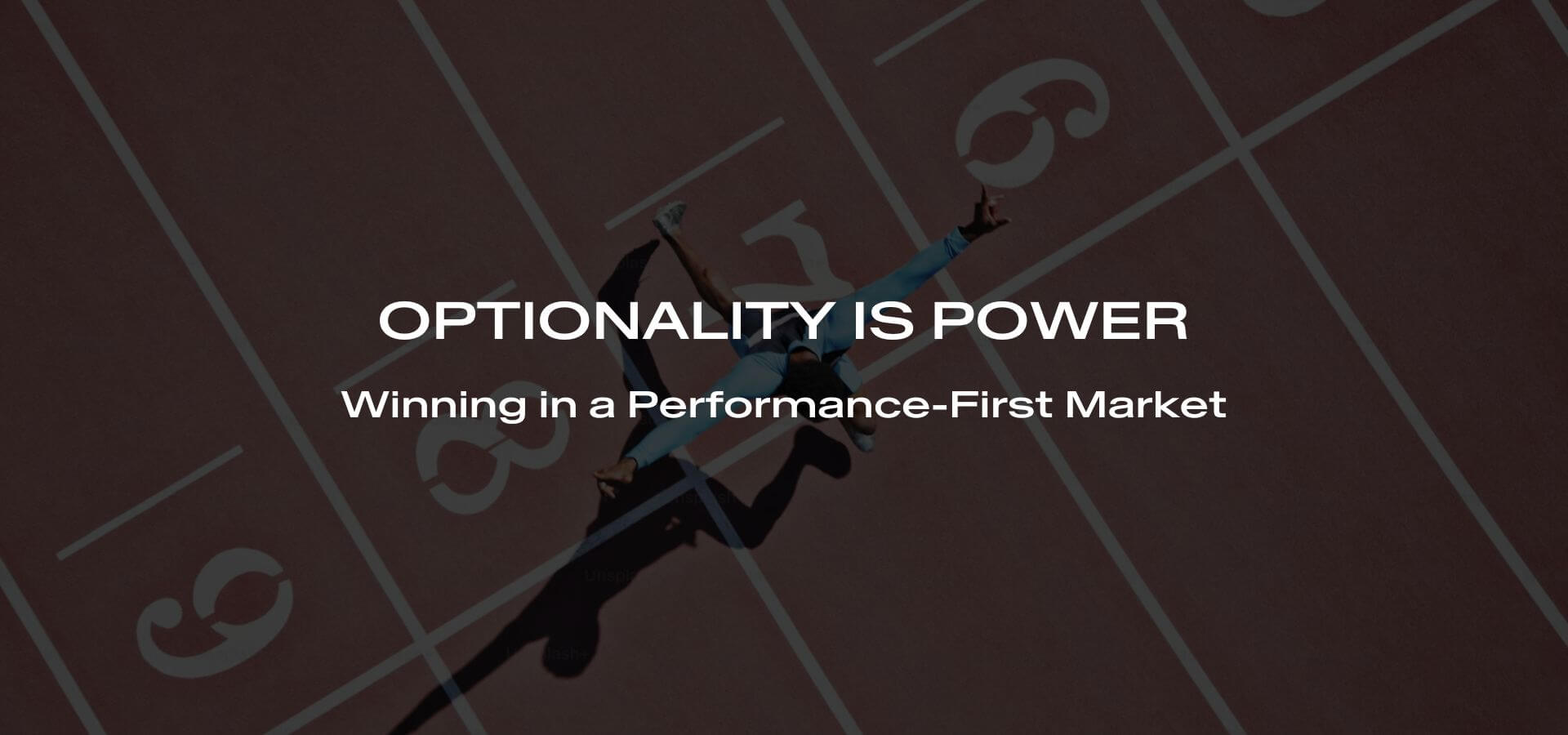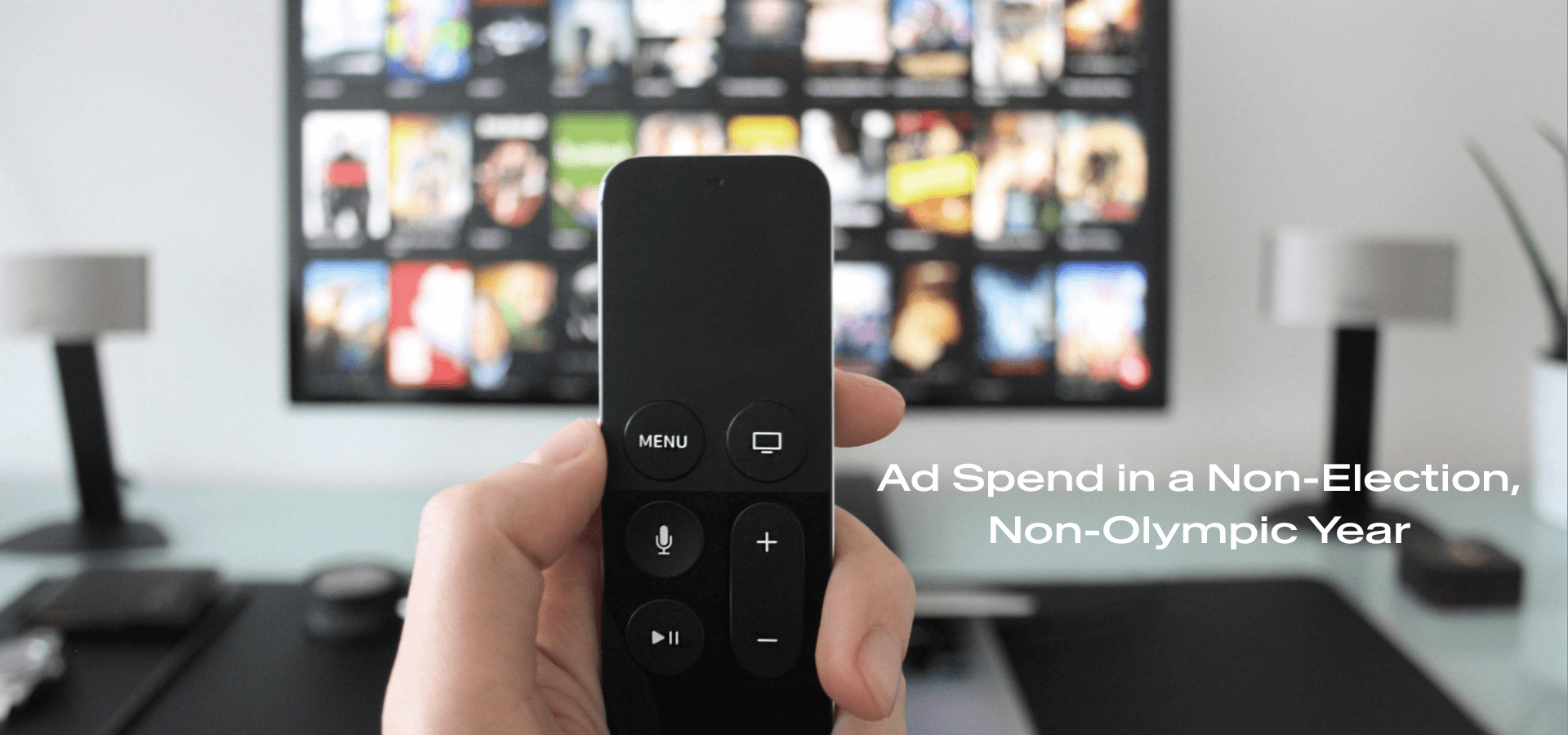Think about how often you get an email heralding the latest “AI-driven” innovation. Artificial Intelligence has not just arrived; it’s reshaping our daily lives as well as our organizational behavior and human decision processes.
Many marketers and advertisers are fully on board with this evolution and recognize the transformative power of AI. They view AI as a tool to enhance seasoned processes, rather than as a replacement.
At the same time, it’s crucial to understand (and harness) the idea of “the human element” when to comes to crafting advertising strategies that are not just data-driven but deeply human-centric.
Because ultimately, human emotions and biases add a unique twist to how we make decisions and influence others.
Predictions vs. Decisions
Prediction involves forecasting or estimating the likelihood of future events based on available data and models. It’s about understanding what might happen in the future based on certain conditions or inputs. Predictions are often probabilistic, indicating a certain probability that a specific event or outcome will occur.
For example, predicting the weather, stock market trends, or the outcome of a sports game falls under this category.
Predictive models and algorithms are used extensively in fields like meteorology, finance, marketing, and more to make informed guesses about the future.
It’s here that AI excels, processing extensive data sets to predict future outcomes with remarkable accuracy. This capability is crucial in formulating strategies based on market trends, consumer behavior, and potential opportunities.
Decision, on the other hand, is about choosing from available options or strategies based on predictions, preferences, constraints, and goals. The true art lies in decision-making, a human domain where logic meets intuition and experience.
Decisions require a deep dive beyond the numbers, where strategic thinking and risk assessment come into play. It’s the process of making a choice among various alternatives, considering the predictions about future conditions but also balancing risks, rewards, and other factors.
Decisions often involve judgment and can be influenced by a decision-maker’s objectives, risk tolerance, and the available information at the time of decision-making.
Human Decision Processes
Despite our best efforts to remain rational, human decisions are beautifully complex and inherently irrational. Our choices are influenced by a myriad of factors, including emotional biases and subjective experiences. This inherent irrationality isn’t a drawback. Rather, it enriches our decision-making process, allowing for innovation and creativity that purely data-driven approaches cannot achieve.
Organizational Behaviors
At the same time, organizational behavior is deeply influenced by the human decision-making process. Every choice made by individuals within an organization, from frontline employees to top executives, shapes the culture, efficiency, and overall success of the company.
Human decision-making impacts various aspects of organizational behavior: communication patterns, collaboration levels, conflict resolution approaches, and leadership styles.
So you can imagine how the biases, emotions, and cognitive limitations inherent in human decision-making would either hinder or enhance an organization’s effectiveness. Understanding how people within a company make decisions is crucial for creating a conducive environment that fosters innovation, productivity, and positive interactions among team members.
Looking Forward
While many marketers embrace AI as a tool to enhance existing processes, human decision making will always be a relevant and necessary aspect for any organization.
Leveraging new resources while still understanding the importance of the personal element is likely to optimize and balance our organizational behavior and human decision processes.



